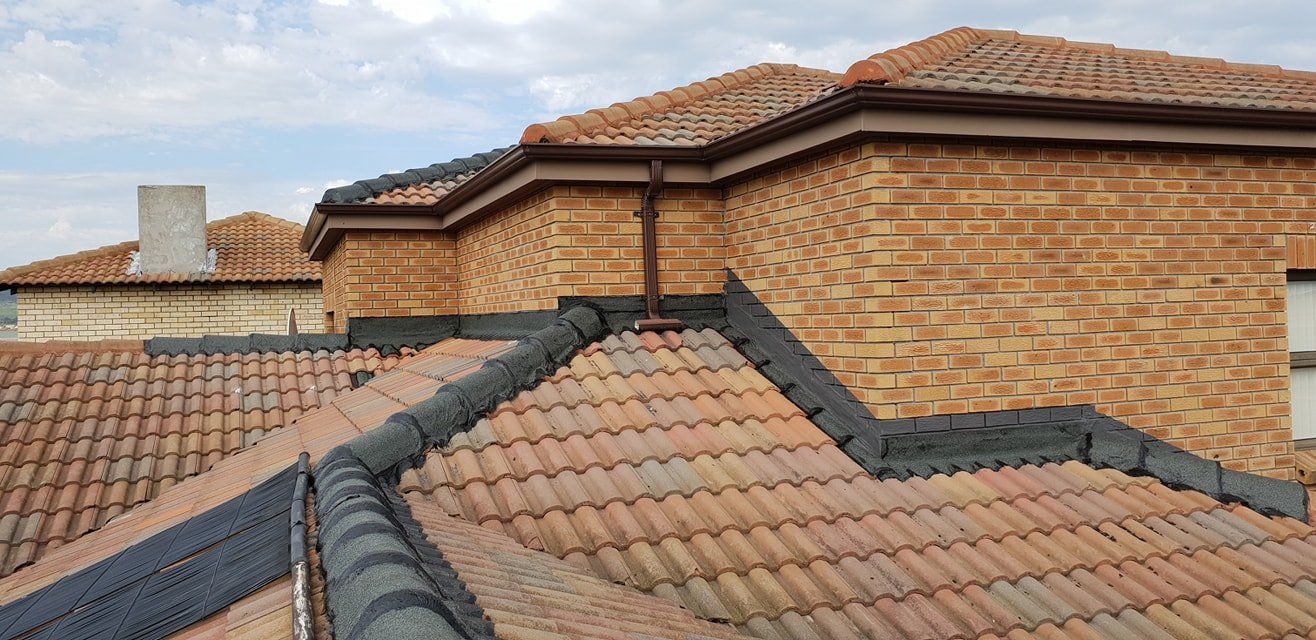One of the most common and widely used forms of waterproofing membrane is a granulated impregnated membrane (GIM), which is more suited to objects that are not intended to be submerged in water. This is a great option for structures that are located near bodies of water like lakes, rivers, and the sea. As its name suggests, the granules are spread uniformly throughout the material, creating a strong barrier that prevents penetration. Another form is a film-like liquid membrane. This is applied around the perimeter of the structure, where it hardens into a solid that prevents moisture from penetrating the structure.
Miami Foundation Repair & Waterproofing offers professional installation of these membranes, ensuring long-lasting protection for homes and commercial buildings. Film-type membranes are also available for use around pools and hot tubs.

Impervious Membranes
Most impervious membranes are used for above-grade applications only. These materials are best suited for securing structures on the ground because they are impervious to water pressure and temperature. There are several types of impervious membranes available for different purposes. For example, some waterproofing agents can withstand freezing and thawing, while others are highly impermeable to freezing. Some are designed for use in above-grade foundations, while others are designed for use in below-grade foundations.
PVC Membranes
A major benefit of using PVC membranes for above-grade foundations is that they do not need to be replaced after a period of years. They also offer an excellent alternative to other forms of waterproofing. When compared to the performance of rubber or plastic membranes, PVC models far exceed expectations in both design and durability. The most common PVC waterproofing membranes are those that consist of a combination of PVC and epoxy resins.
Two Different Membranes
A very effective method of providing waterproofing, especially for above-grade foundations, is to utilize a combination of two different membranes. Commonly used in this case is a rubberized pvc waterproofing membrane combined with a high-density foam core. A good example of such a combination membrane is the Blackrock Epic sealant, which is designed to resist extreme weather conditions. This combination allows the roof to remain waterproof even during severe winter conditions, yet at the same time, maintain excellent flexibility so that the roof can expand and contract to accommodate any other type of weather condition.
Positive Side and Negative Side Installation
A very effective method of providing waterproofing, especially for above-grade foundations, is to utilize a combination of two different membranes. Commonly used in this case is a rubberized pvc waterproofing membrane combined with a high-density foam core. A good example of such a combination membrane is the Blackrock Epic sealant, which is designed to resist extreme weather conditions. This combination allows the roof to remain waterproof even during severe winter conditions, yet at the same time, maintain excellent flexibility so that the roof waterproofing Miami can expand and contract to accommodate any other type of weather condition.
For more information and extended reading on this subject,
visit our blog where we provide comprehensive guides and industry updates.
What Our Customers Think
-
Paul. H
Button“There service is not only affordable but also really gets the right result.”
-
George. R
Button“They were able to quickly get on top of the problem we had.”
-
Leslie. N
Button“There’s no service you can trust more if you need a foundation problems corrected. They offer a truly professional service.”



